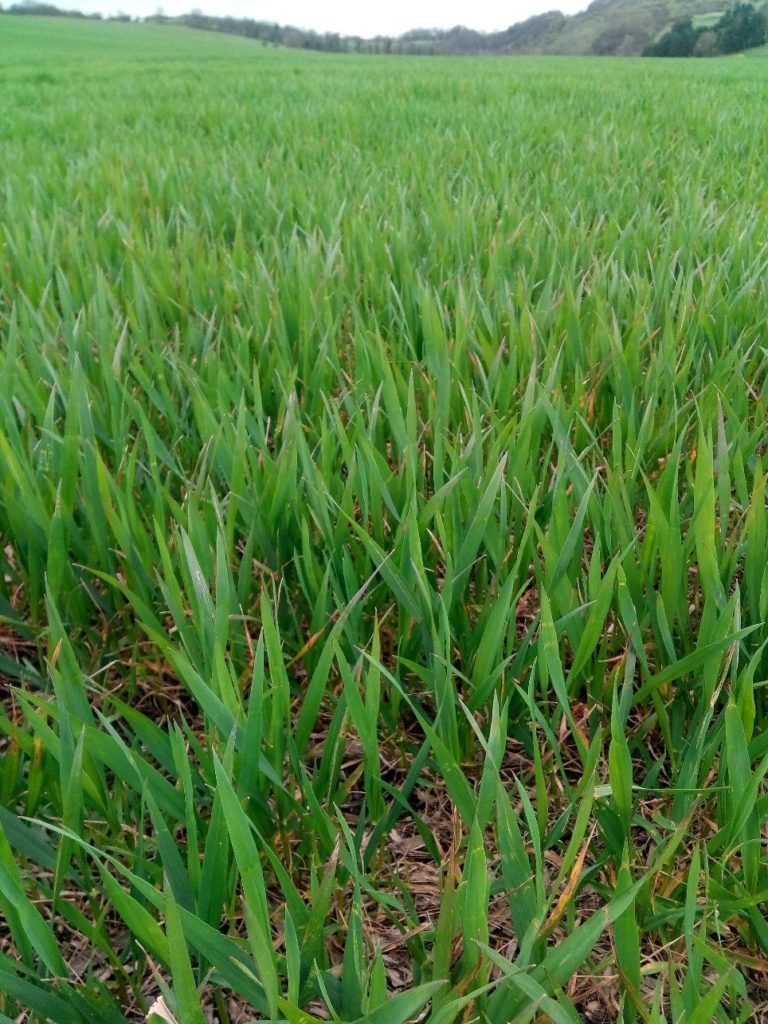Drivers of Early Disease in Winter Wheat
5 March 2021Winter wheat varietal resistance to Septoria has improved for some newer varieties and the acreage drilled to very weak varieties has dropped. But at this time of year it will be the effect of drilling date that is more evident in crops that the varietal rating. The benefits of varietal resistance come in to their own and become more evident as the season progresses. Weather is also a major driver but for both Septoria and yellow rust, snow cover doesn’t present too much of a challenge. We are still some way off T1 sprays aimed at final leaf 3, but T0 sprays are mainly driven by yellow rust risk. Yield increases from a T0 spray applied earlier tend not to add much to yield unless yellow rust is a feature.
For yellow rust there is usually warning from crop reports that it is creeping northwards through the country, with first reports usually around coastal areas. There are already unconfirmed reports from coastal sites in Fife. But although there is a good number of varieties on recommended lists with high rust ratings, concern has grown over recent years that the rapid occurrence of new races of yellow rust can send ratings tumbling. The AHDB has addressed this by weighting the most recent season’s results more heavily so that the previous system of averaging three seasons doesn’t retain high ratings for varieties that did poorly in the most recent season. Another uncertainty is that most varieties are only resistant as adults and it is normal for them to be susceptible as seedlings. This means that in a season where yellow rust appears early it can be a test of nerves to hold back and hope that adult resistance kicks in – especially when its presence could signal a new resistance breaking race. LG Sundance and Crusoe are examples of varieties with resistance as adults but susceptibility as seedlings. Skyfall on the other hand is susceptible throughout. Newer varieties such as LG Saki or Swallow however have seedling resistance so yellow rust on young plants would be usual and if seen the UK Cereal Pathogen Virulence Survey would be keen to investigate in case it is a new race.
While better resistance gives chances to reduce fungicide inputs, if yellow rust does appear before the start of fungicide programmes than a T0 spray might be needed. An azole and strobilurin mix gives a two way mix of activity. It is worth noting that most varieties are weak for eyespot and this might need to be factored in to T1 sprays, but it is best dealt with then and does not need management at T0.
Fiona Burnett, SRUC for the Farm Advisory Service
Sign up to the FAS newsletter
Receive updates on news, events and publications from Scotland’s Farm Advisory Service

